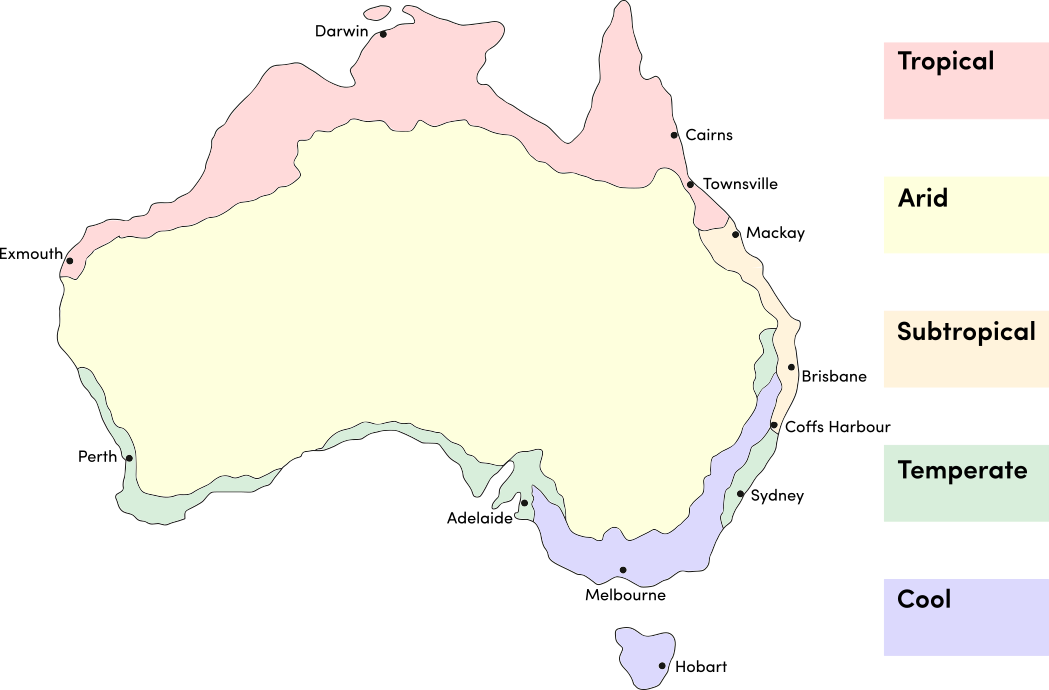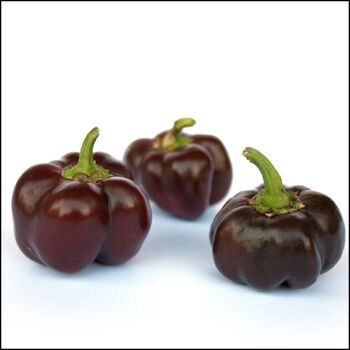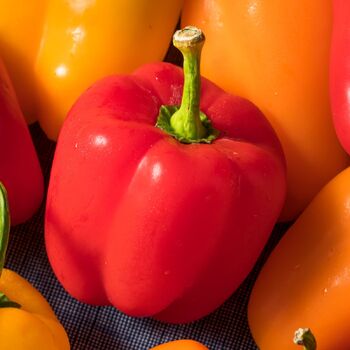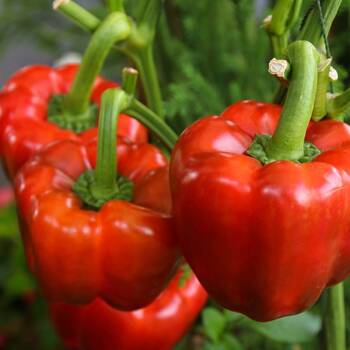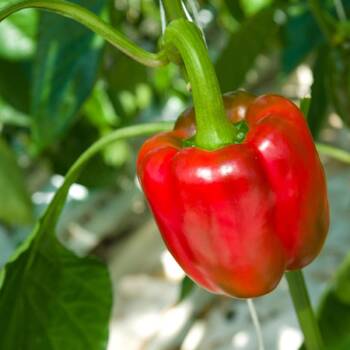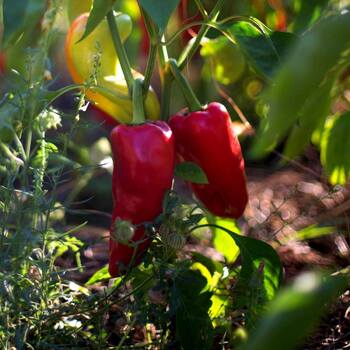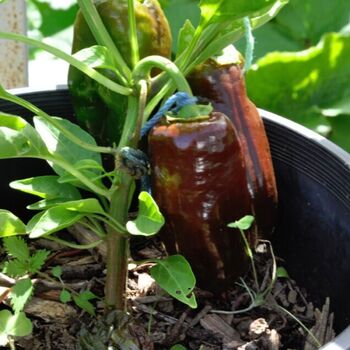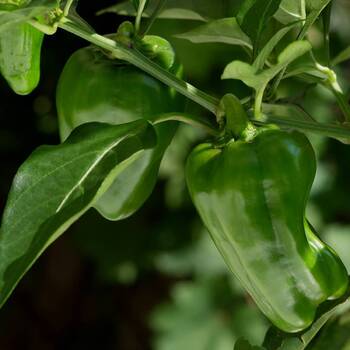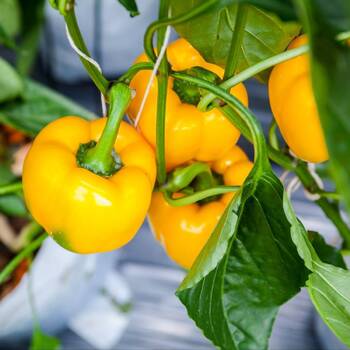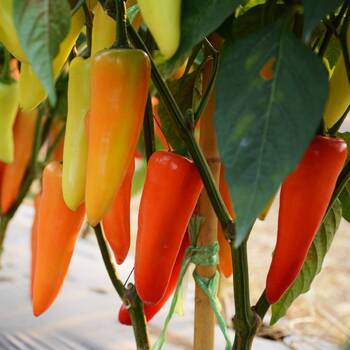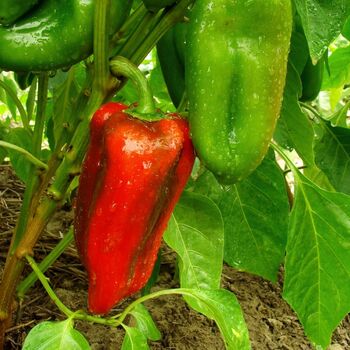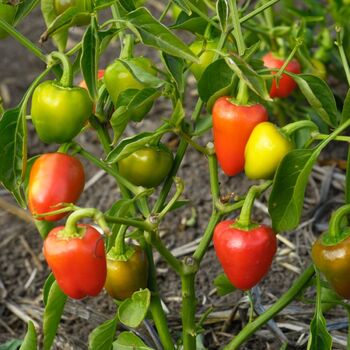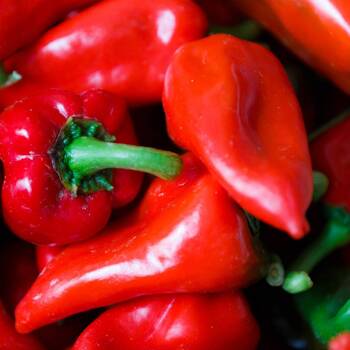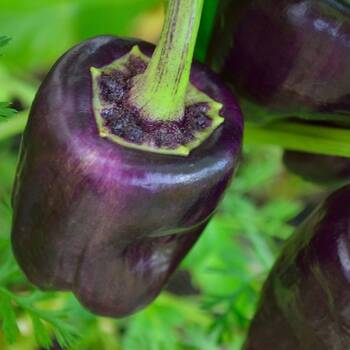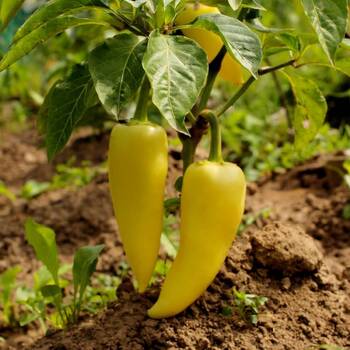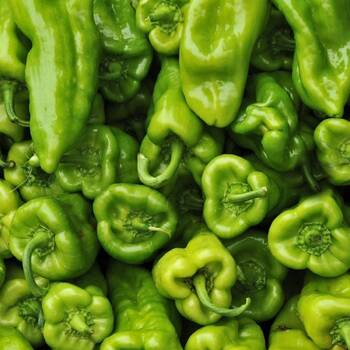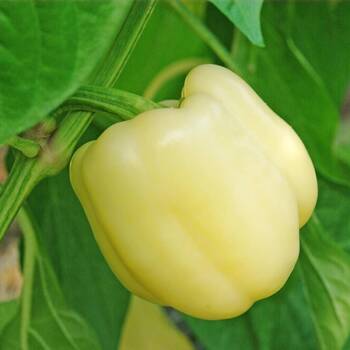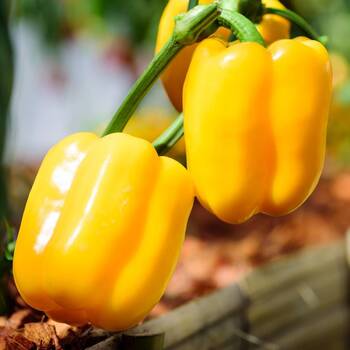Capsicum Seeds_
Guides
-

How to Grow Capsicum Seeds
A comprehensive guide on how to grow Capsicum Seeds; including soil preparation and position, when and how to sow, when and how to harvest and common pests and diseases. View guide.
-
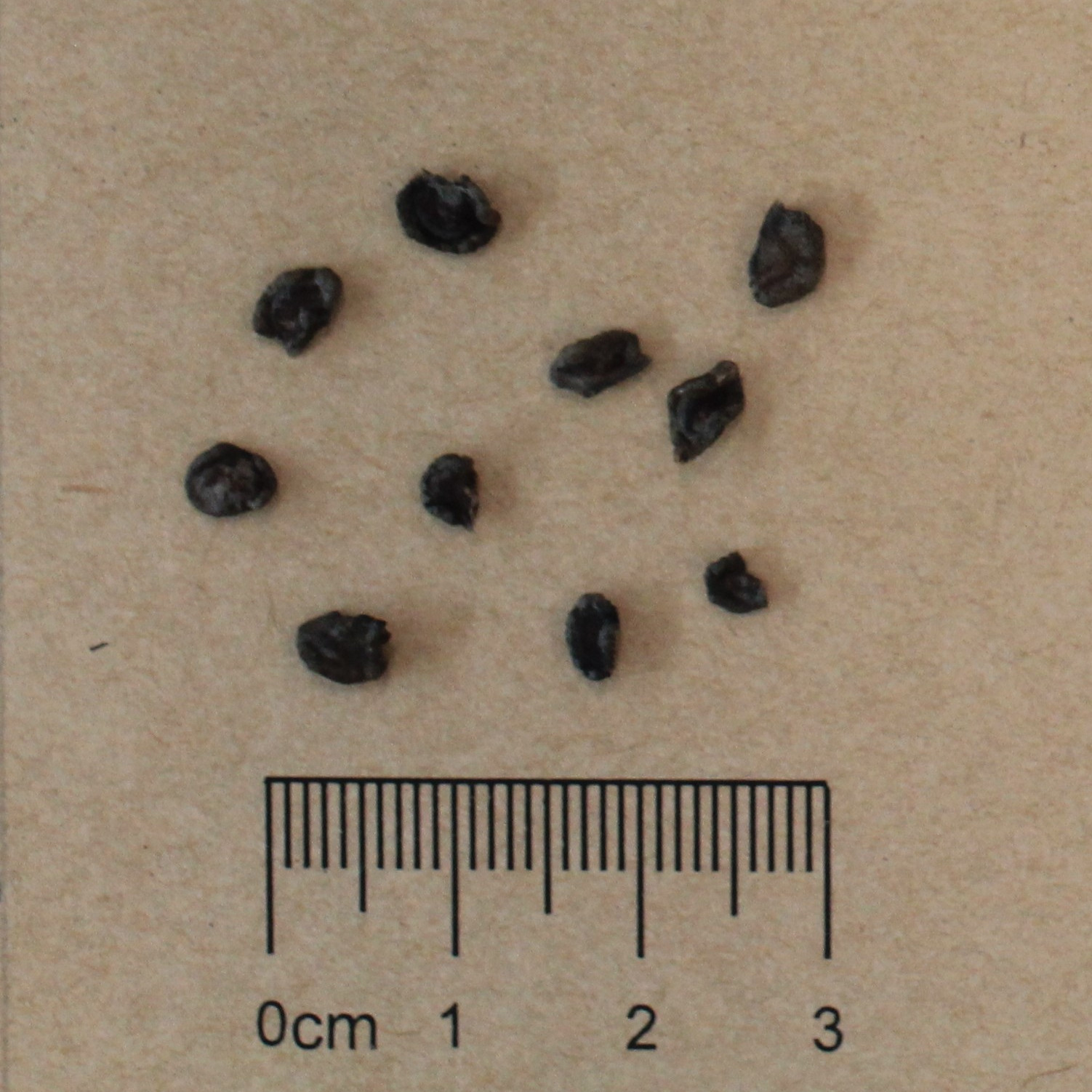
Seed Saving Guide: Capsicum and Chilli (Capsicum pubescens)
A guide on how to save Capsicum seeds; including pollination type, isolation distance, when to harvest and best cleaning methods. View guide.
-
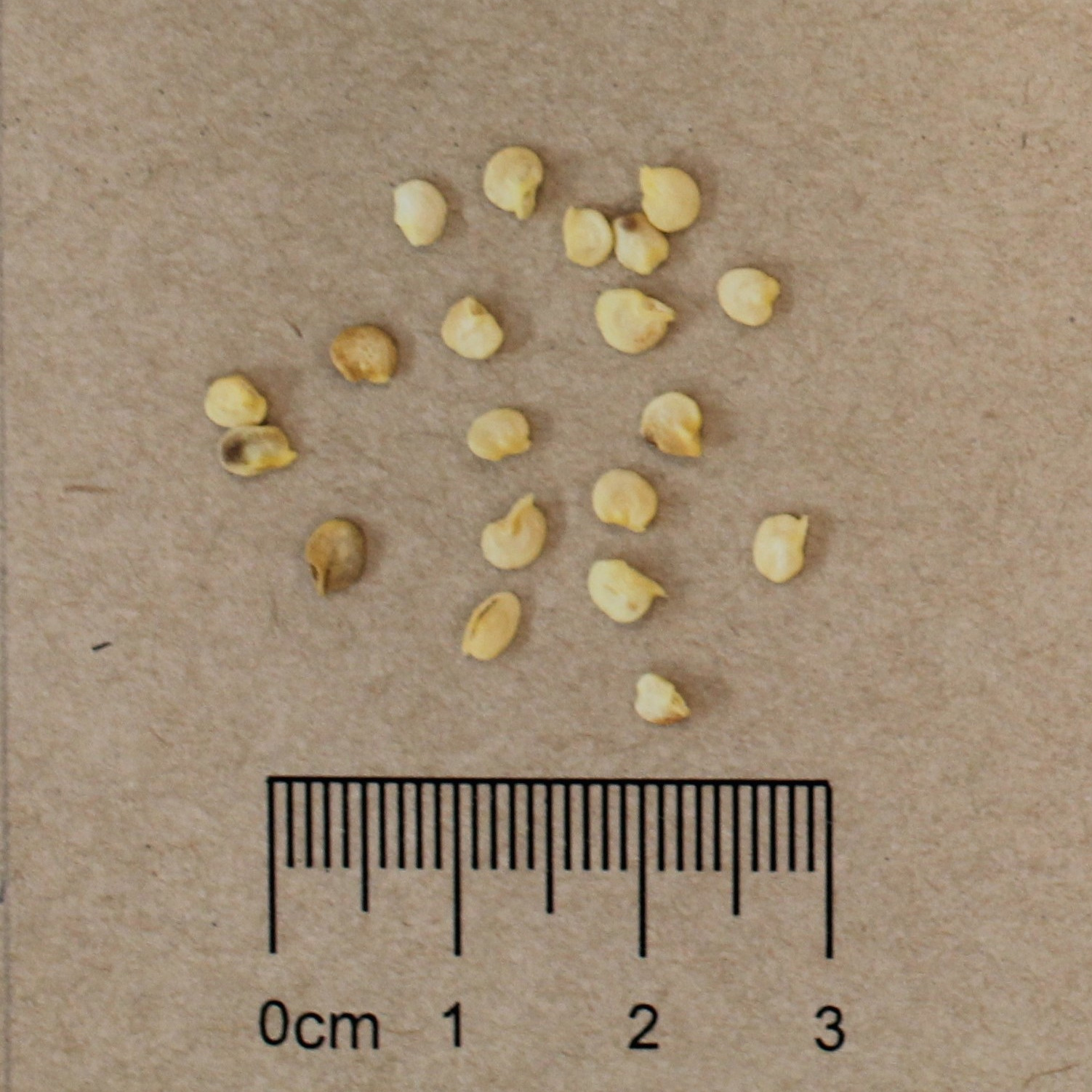
Seed Saving Guide: Capsicum and Chilli (Capsicum annum)
A guide on how to save Capsicum seeds; including pollination type, isolation distance, when to harvest and best cleaning methods. View guide.
-
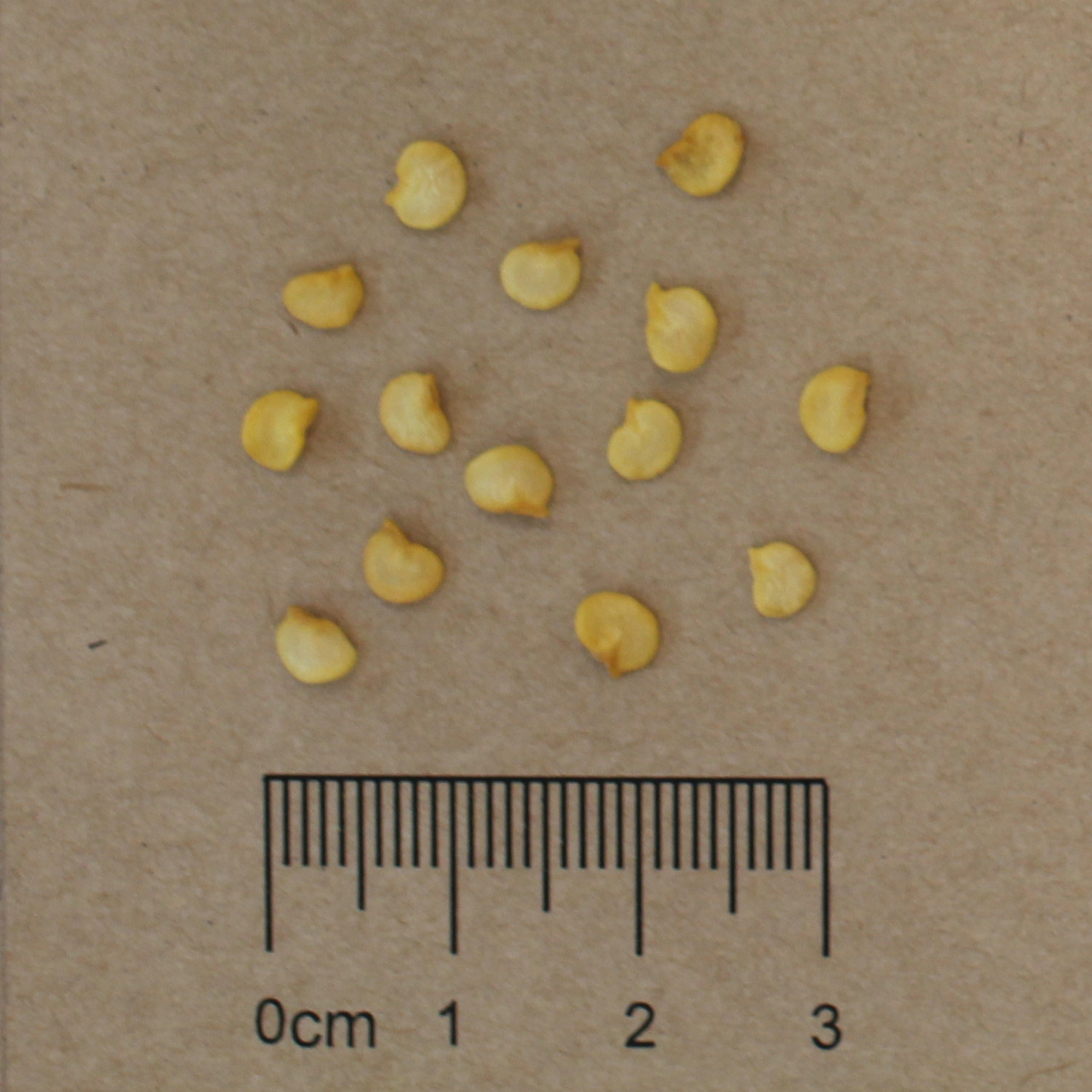
Seed Saving Guide: Capsicum and Chilli (Capsicum frutescens)
A guide on how to save Capsicum seeds; including pollination type, isolation distance, when to harvest and best cleaning methods. View guide.
-
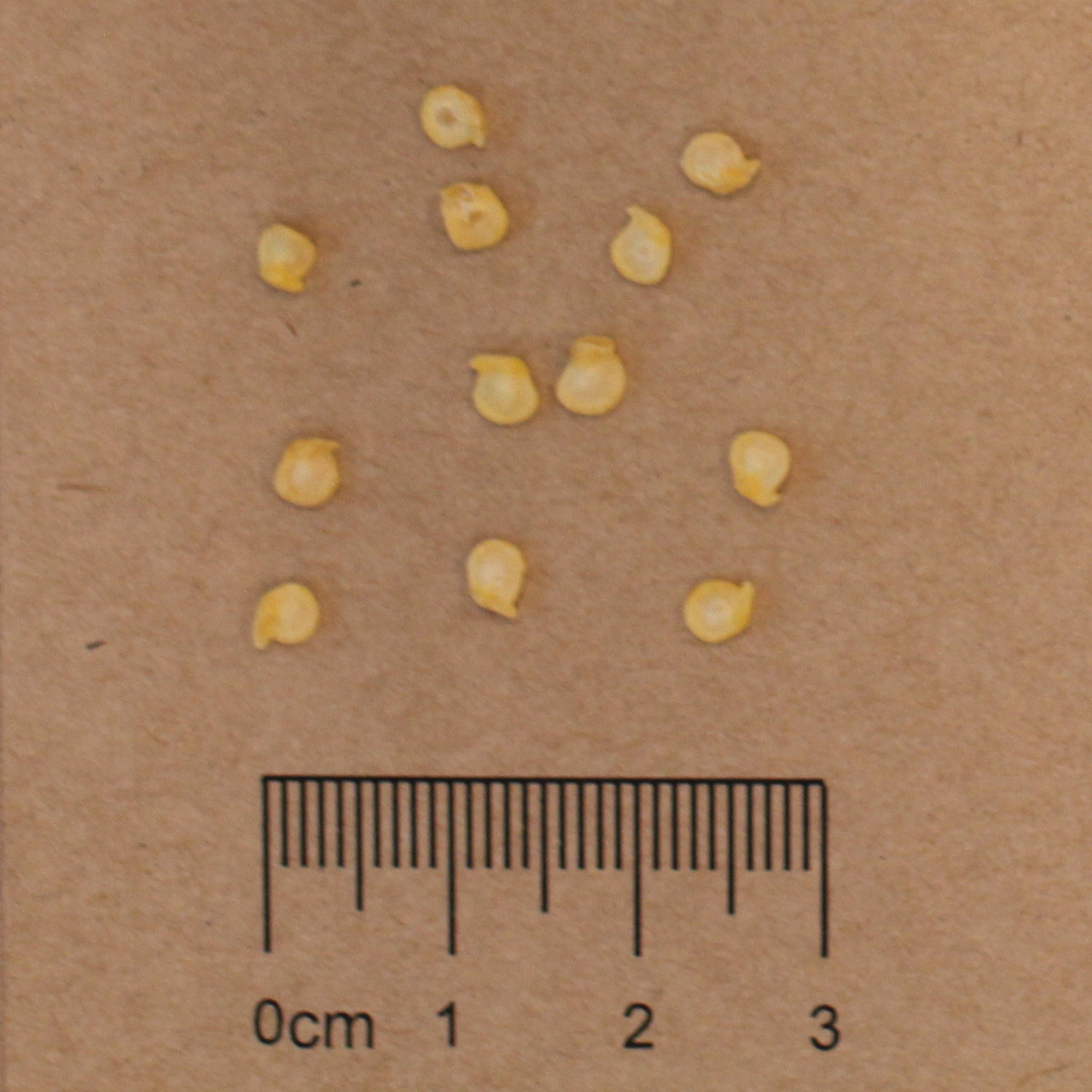
Seed Saving Guide: Capsicum and Chilli (Capsicum chinense)
A guide on how to save Capsicum seeds; including pollination type, isolation distance, when to harvest and best cleaning methods. View guide.
-
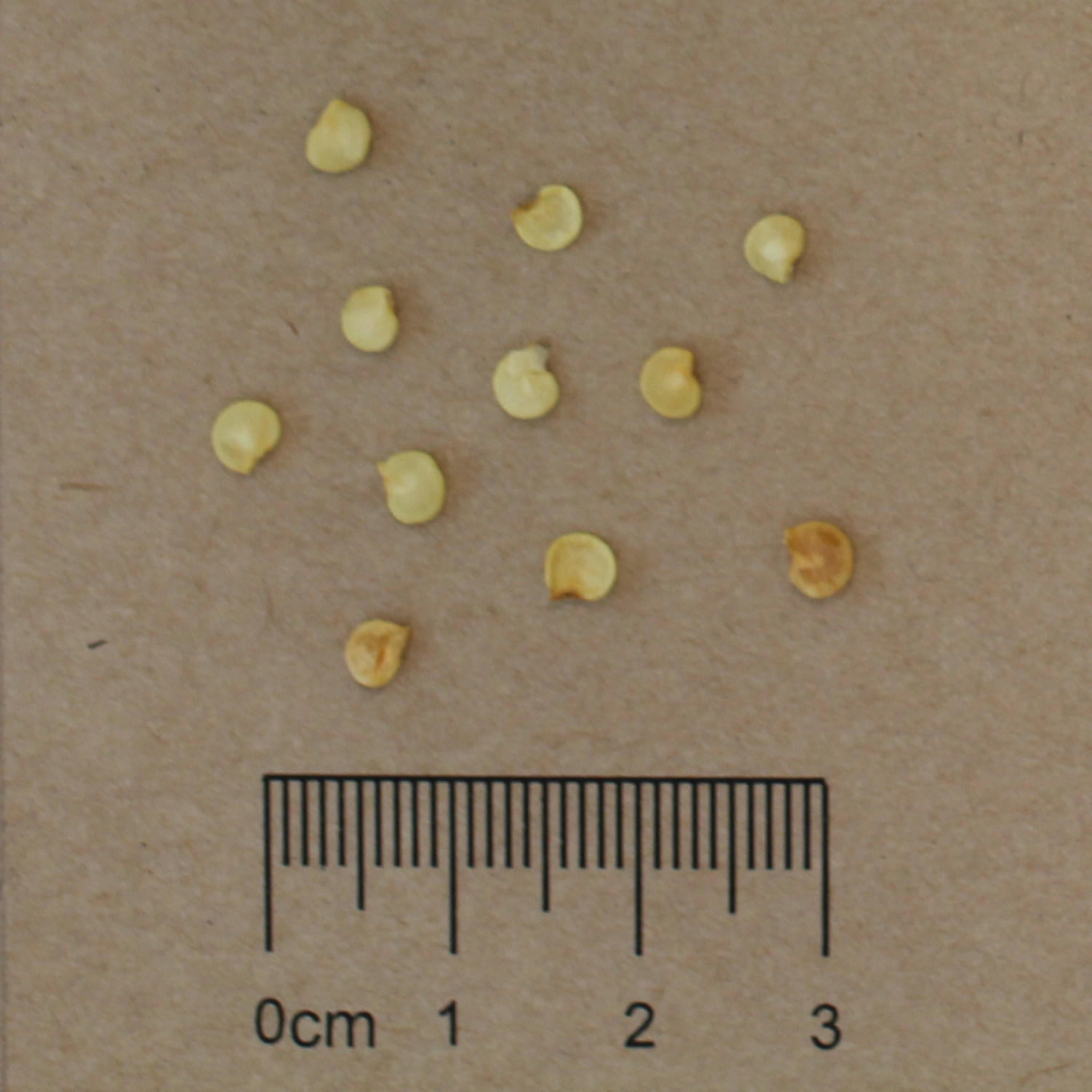
Seed Saving Guide: Capsicum and Chilli (Capsicum baccatum)
A guide on how to save Capsicum seeds; including pollination type, isolation distance, when to harvest and best cleaning methods. View guide.
More Related Content
-
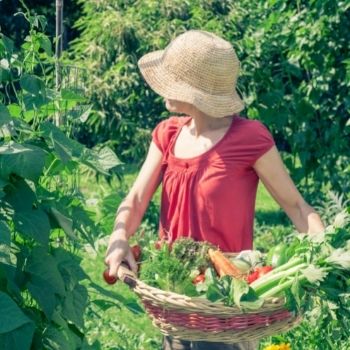
High-Yield Vegetables - How to Get the Most from Your Veggie Patch
It may be great fun to experiment with growing unusual crop varieties, but if your harvest is a disappointment it can quickly make gardening a chore rather than a pleasure. This article describes ten productive plants all veggie growers should consider. Read article.

